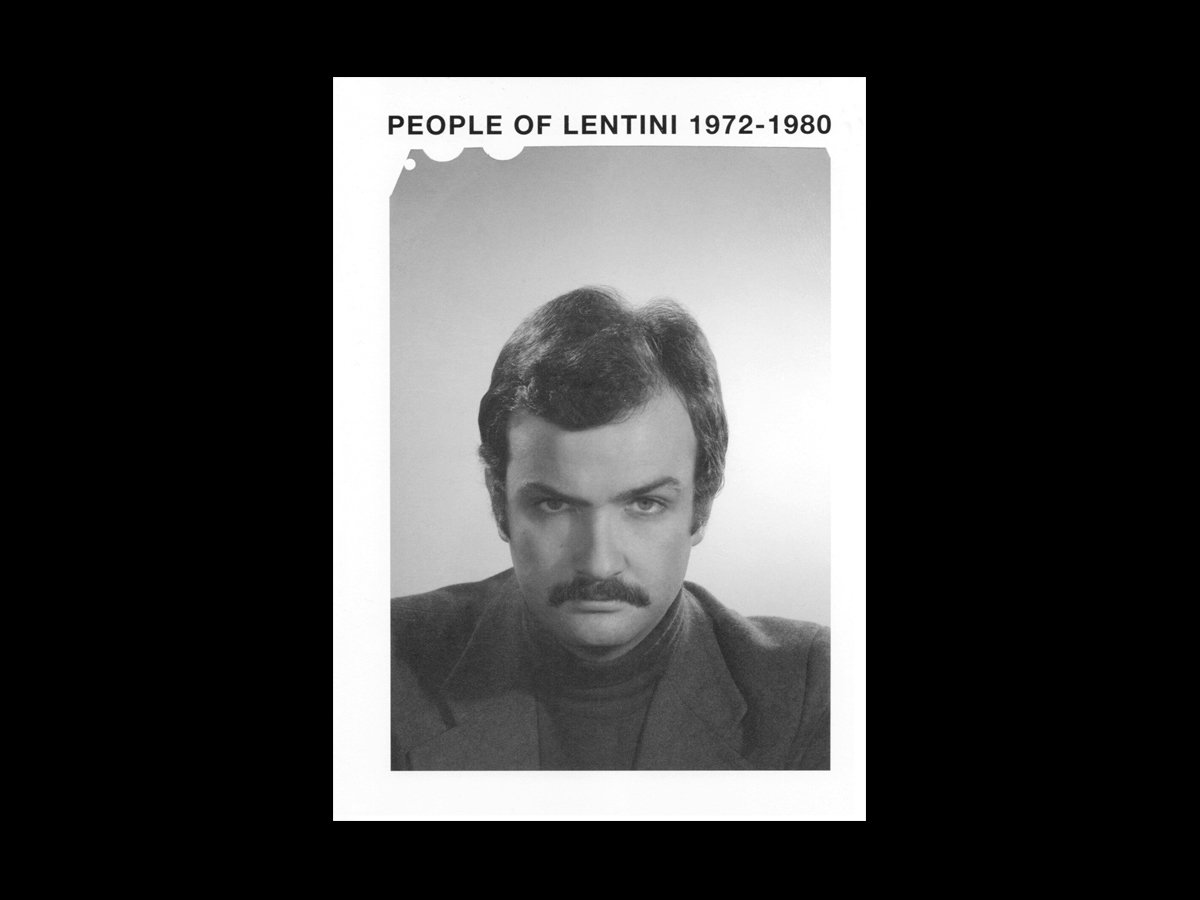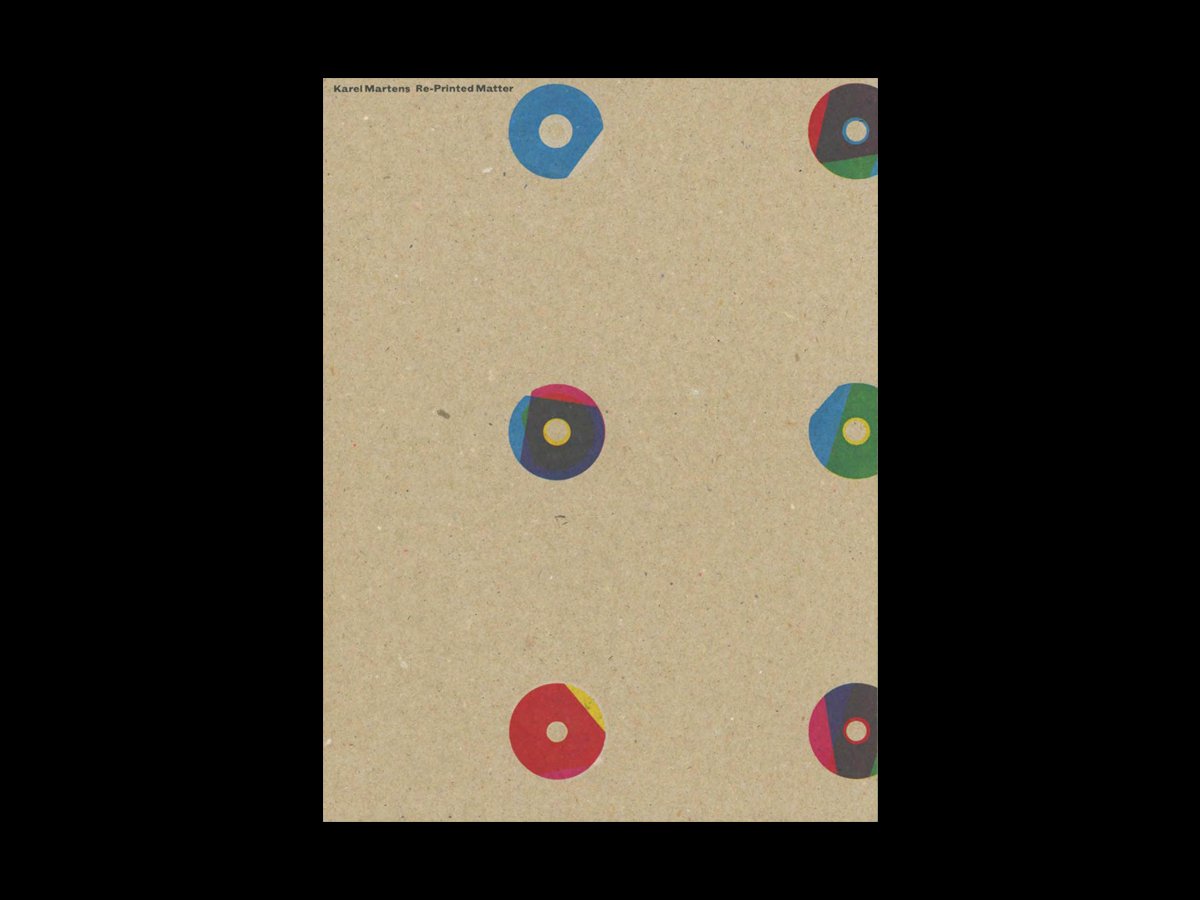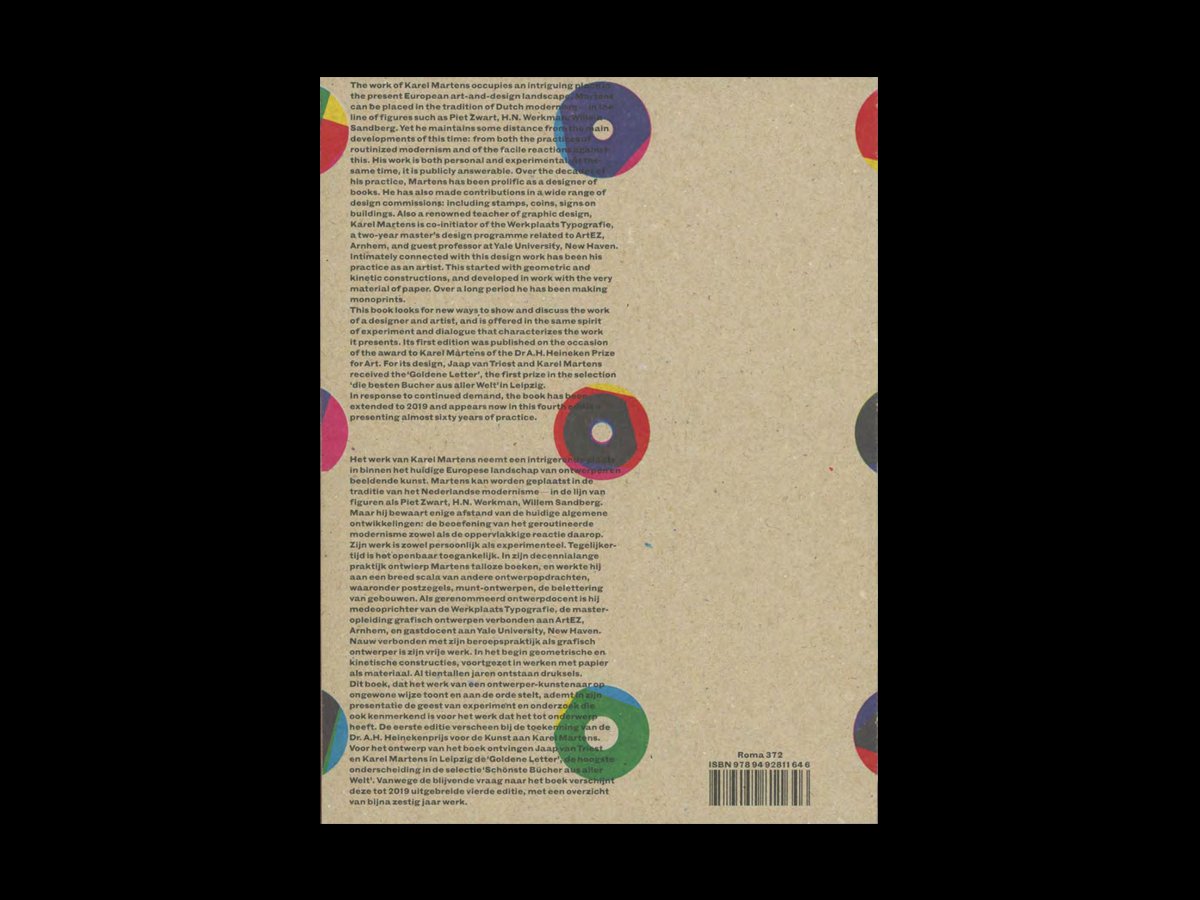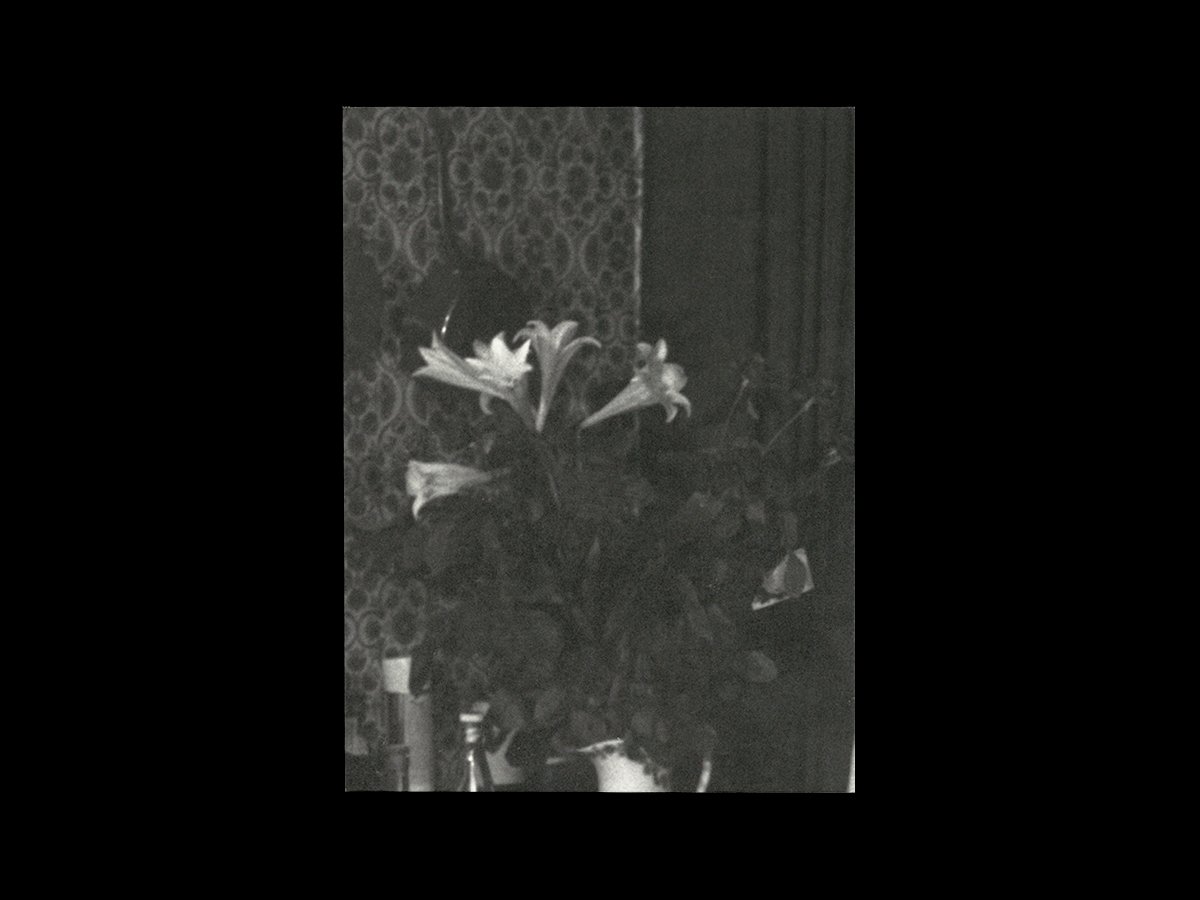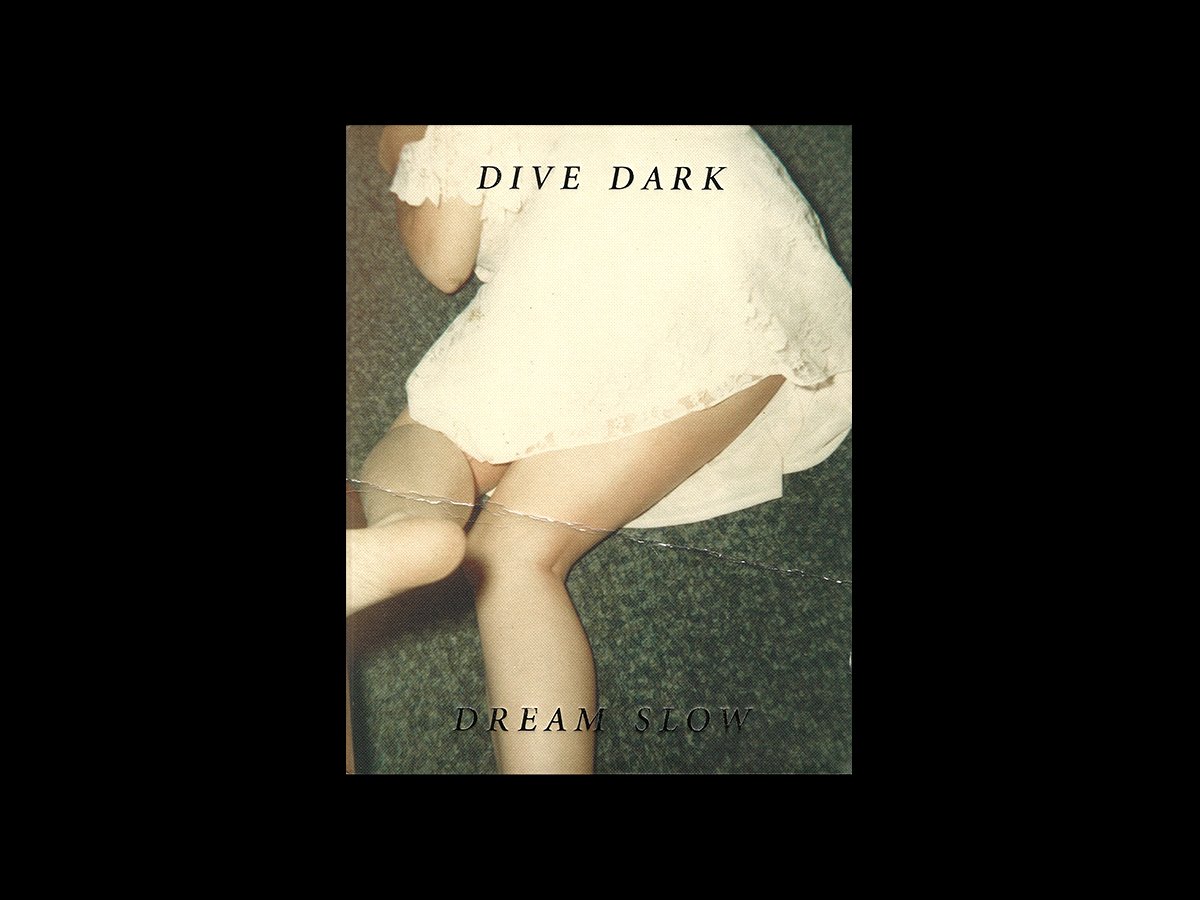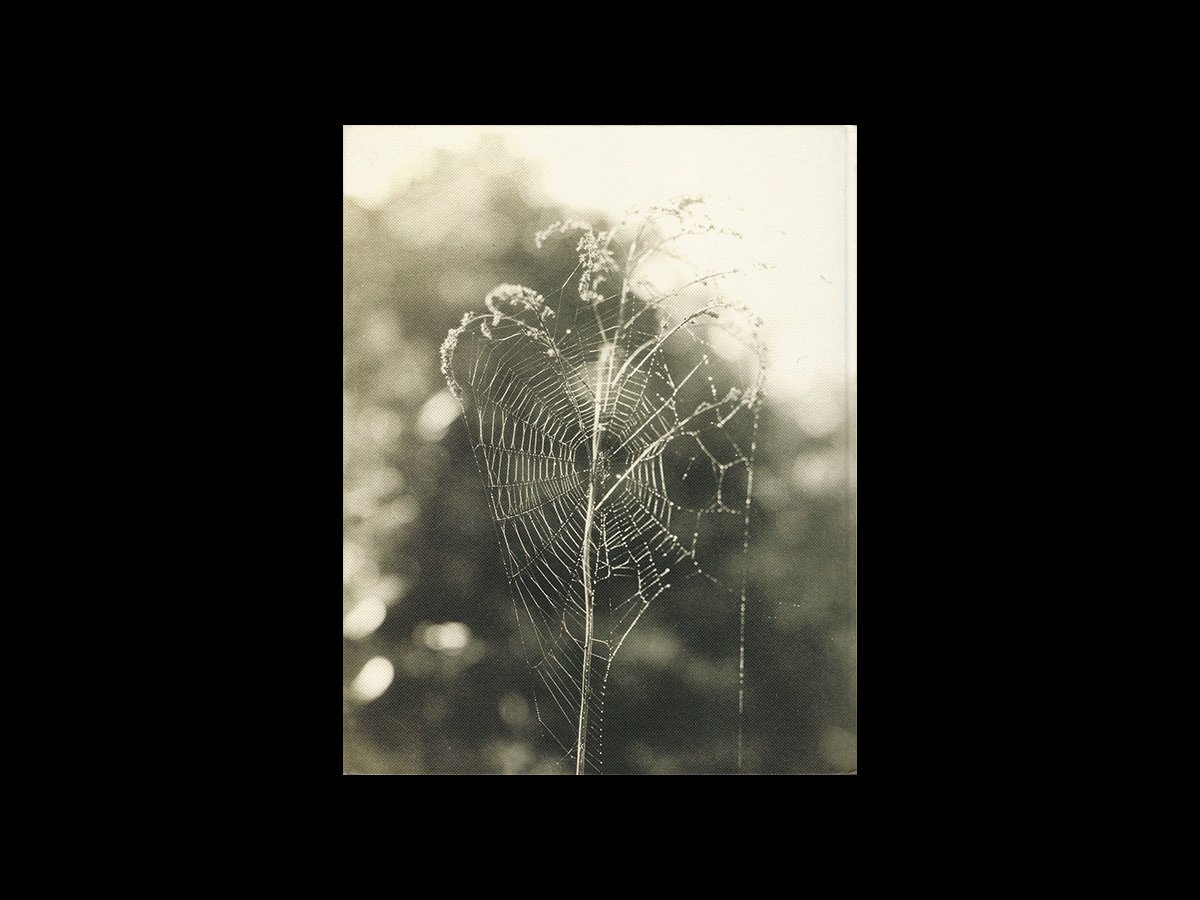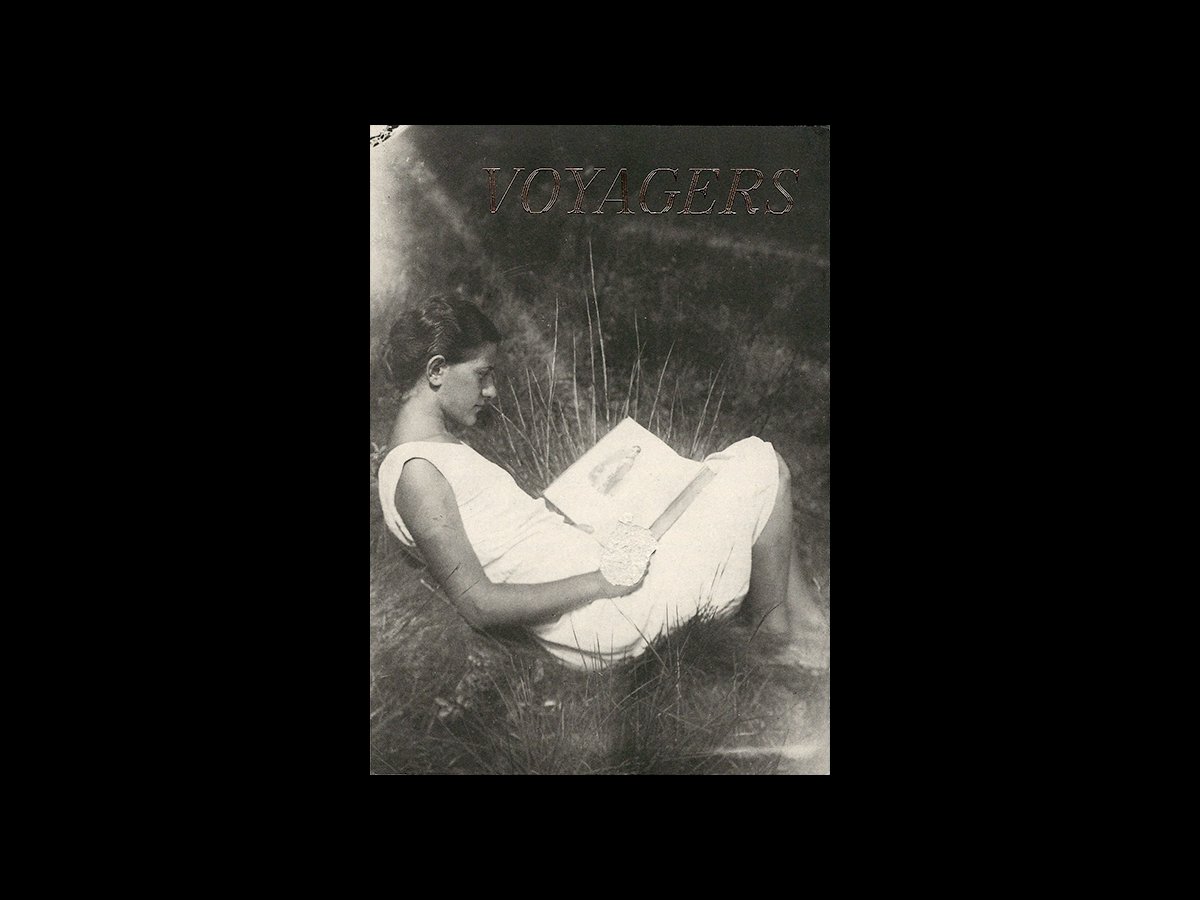Your cart is currently empty!
People of Lentini. Self-image culture, 1972-1980
€50,00
Salvo Lanteri (Ed.)
Softcover
215 × 300 mm, 400 pages
A&Mbookstore Edizioni
2017
In stock
“The photograph has to show the entire head and the tops of the shoulders.” “The expression should be neutral (no smiles or strange expressions).” “The shot should be frontal, with the gaze directed towards the camera.” The international ICAO – ISO standards for ID photos (passports, ID cards, residency permits, gun permits) would seem to imply that the photographs in this book did not have that function. The images are portraits of the population of Lentini, a town in the Sicilian province of Siracusa, and come from the vast archives of the photographer Franco Lanteri, who took the shots from 1972 to 1980. “An inevitably partial selection, limited to a precise time span to concentrate on a younger age group,” says Salvatore Lanteri, who has made this choice to portray an era, and a precise aesthetic. “Actually the archive extends from 1967 to 1990 and includes almost all the inhabitants of the town: young and old, farmers and students, professionals and artists. The photographer could tell us stories directly involving nearly every person, ties of kinship, anecdotes. A plot that makes all the subjects part of a single, grand narrative, a familiar history. A civil theater, a social parade.”
Franco Lanteri is part of a generation of photographers that learned by doing. The period was the 1950s, the era of the paparazzi, of the Rolleiflex. Lanteri’s job in a provincial town in Southern Italy covered a whole range of social ceremonies like weddings, birthdays, baptisms, but also ID photos and photojournalism for the newspaper La Sicilia, mostly of homicides (a factor that reminds us of Letizia Battaglia). The portraits were all made with a view camera on negatives measuring 6×9 cm. The preparation of the plate, the setup of the lights in the studio, the pose, the manual retouching of the negative and of the photograph itself once printed, required long hours of work, even several days. A time of waiting that would be unthinkable today. The angled gaze of the subjects, almost a three-quarters pose (where the photographer decided on a left or right profile, depending on the photogenic appeal of one of the sides of the face), the use of lights, the black and white, are elements that go against today’s canons of photography for ID documents, and reflect an almost cinema-like narrative approach.
The shots have been transformed into something different precisely because this purely functional practice no longer has any reason to exist. The photographs made for bureaucratic purposes, capturing the image of a large number of people over a long time span, without any planning of an overall project, have now spontaneously become a choral fresco capable of conveying an atmosphere, a historical period. Their practical value has shifted towards cultural, aesthetic value. It is hard not to hear the echo of the tradition of anthropological investigations in the reluctance with which the subjects displayed themselves to the camera, their gazes averted as if to avoid contact with the photographer. A form of modesty that seems to ratify the archaic idea – still existing in certain cultures – of the spirit’s vulnerability to being captured by the photographer when the eyes gaze directly into the lens.
Additional information
| Publisher |
|---|
